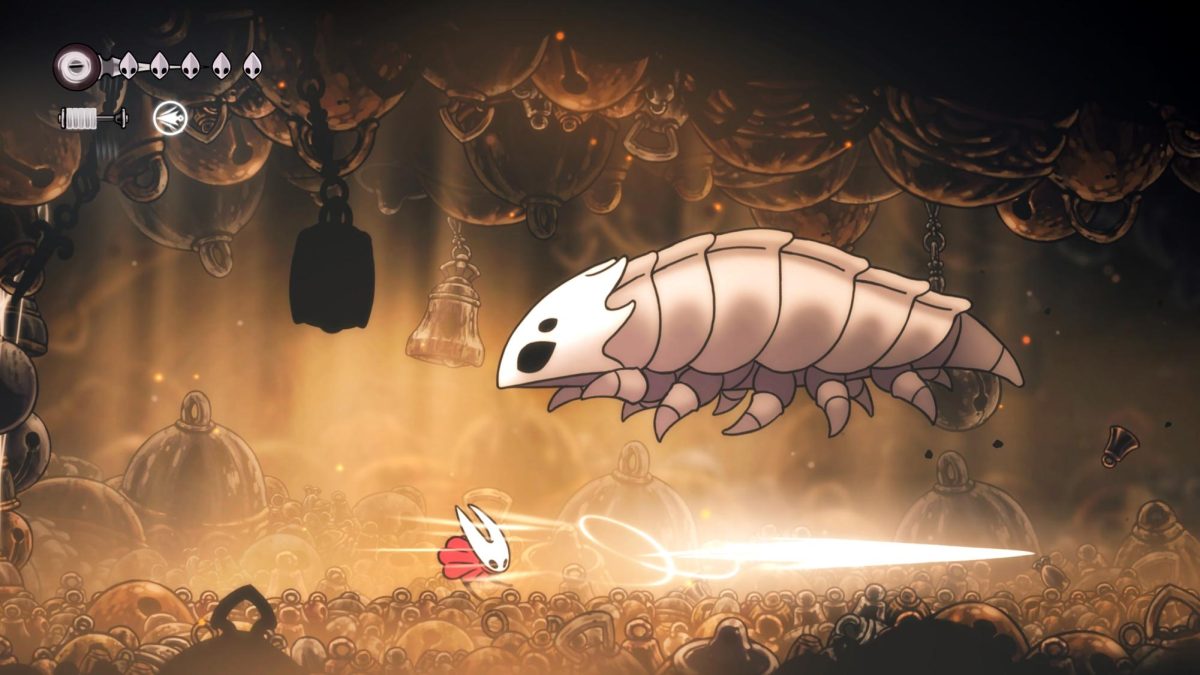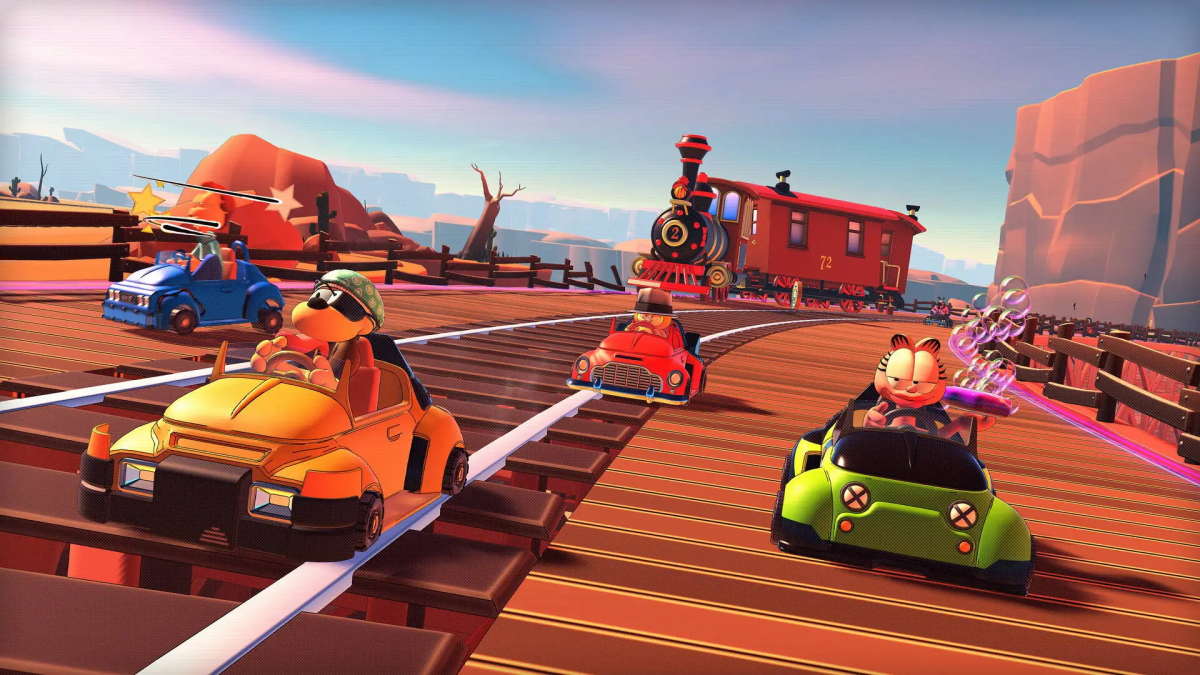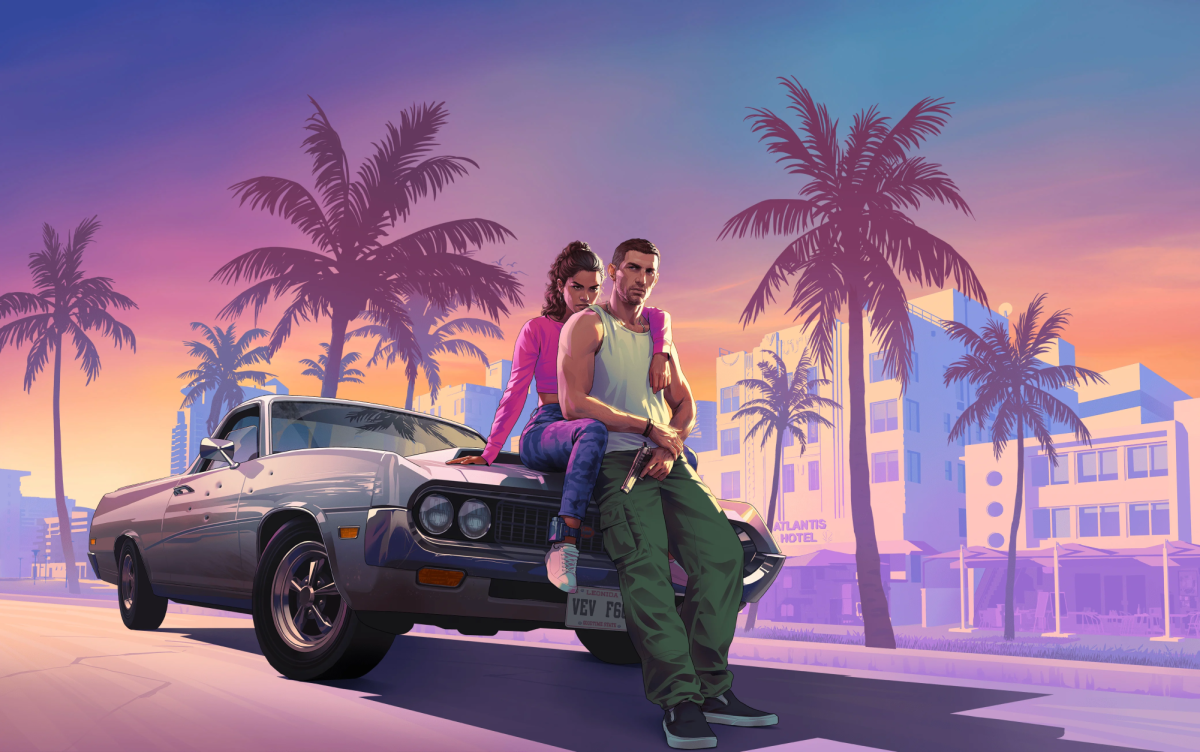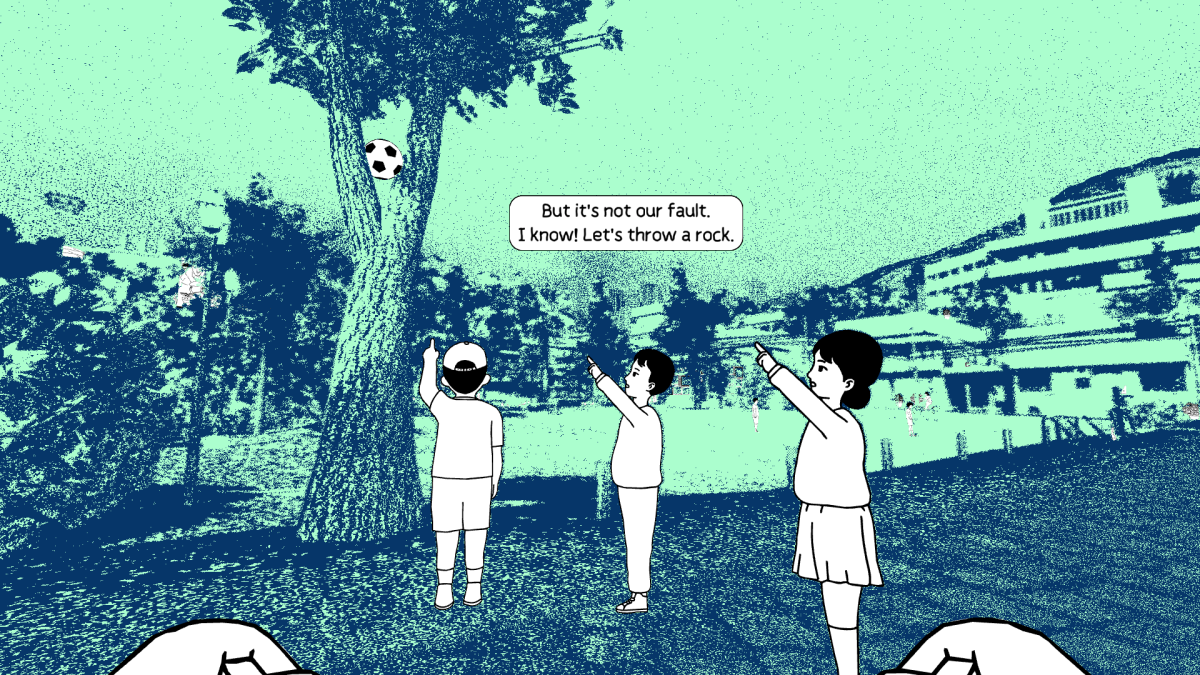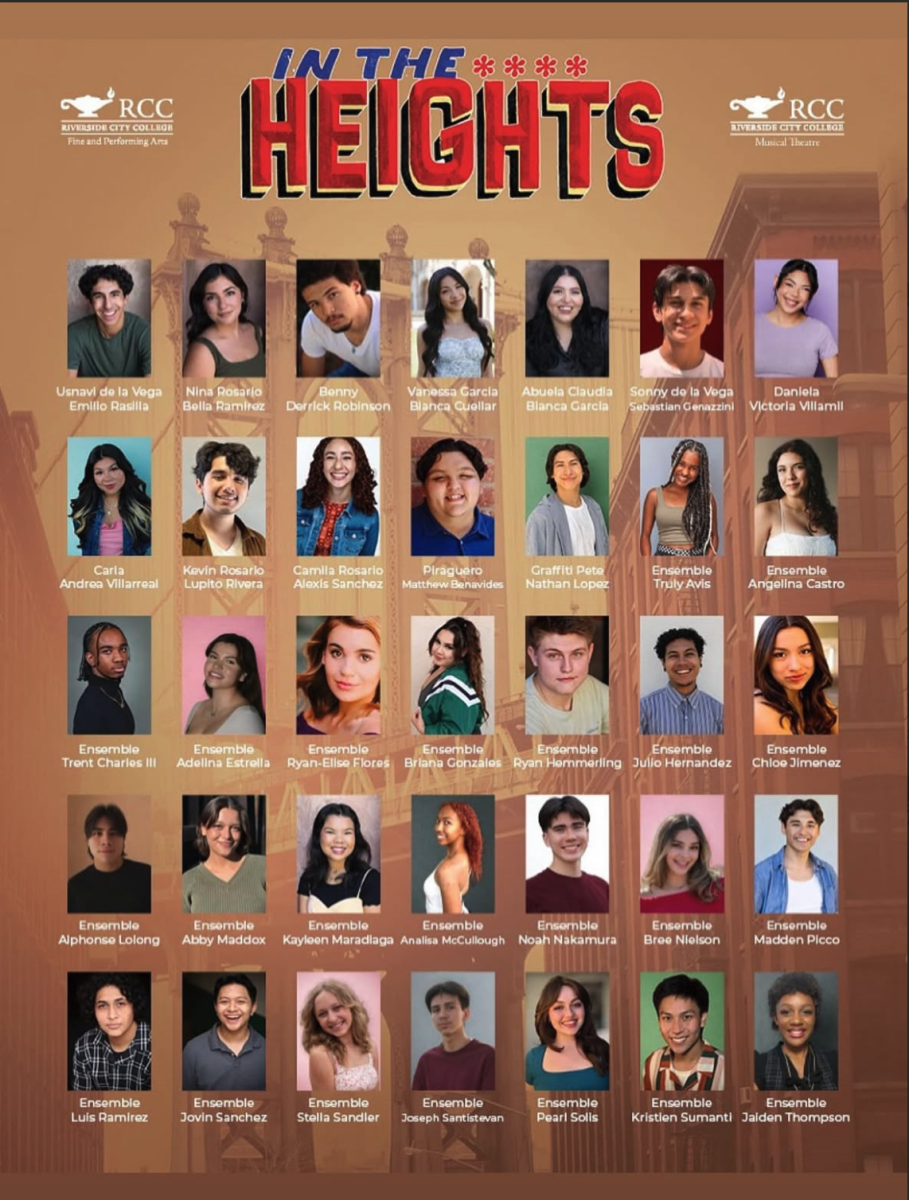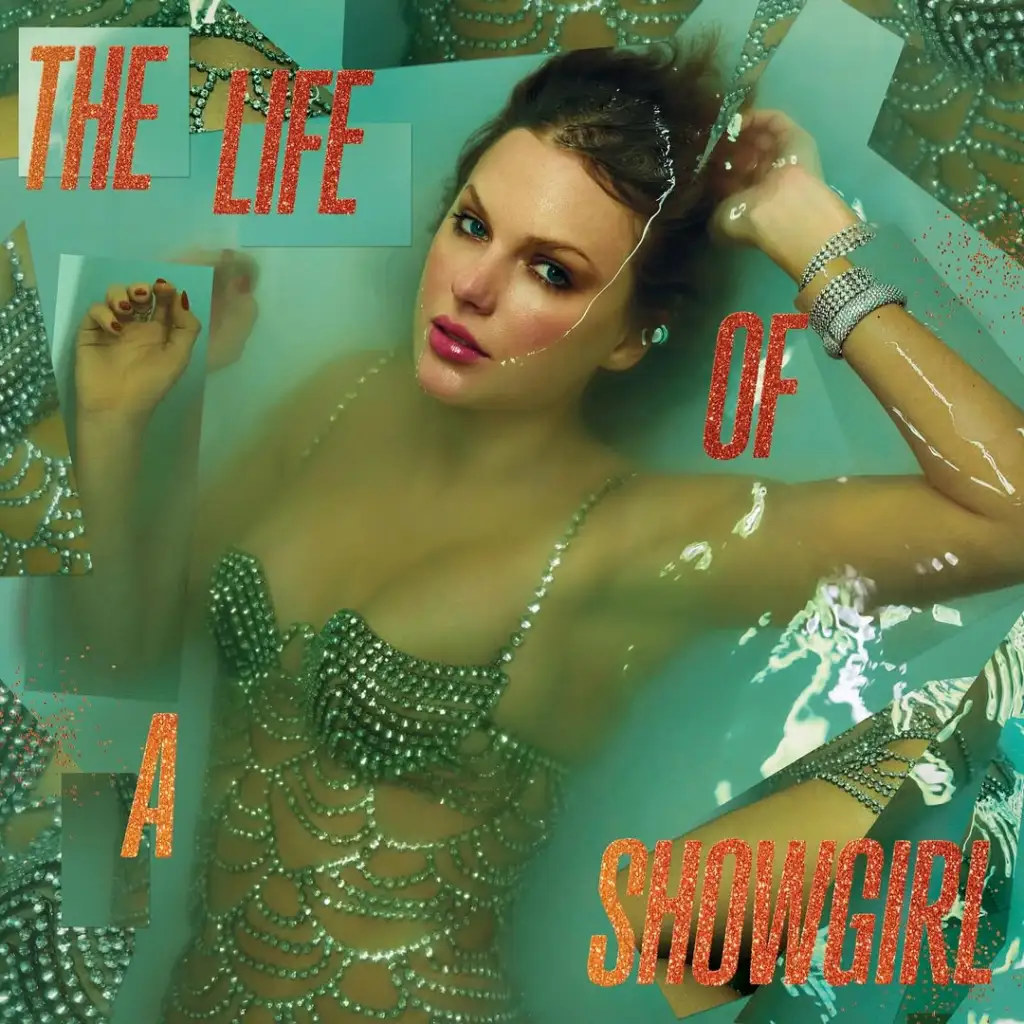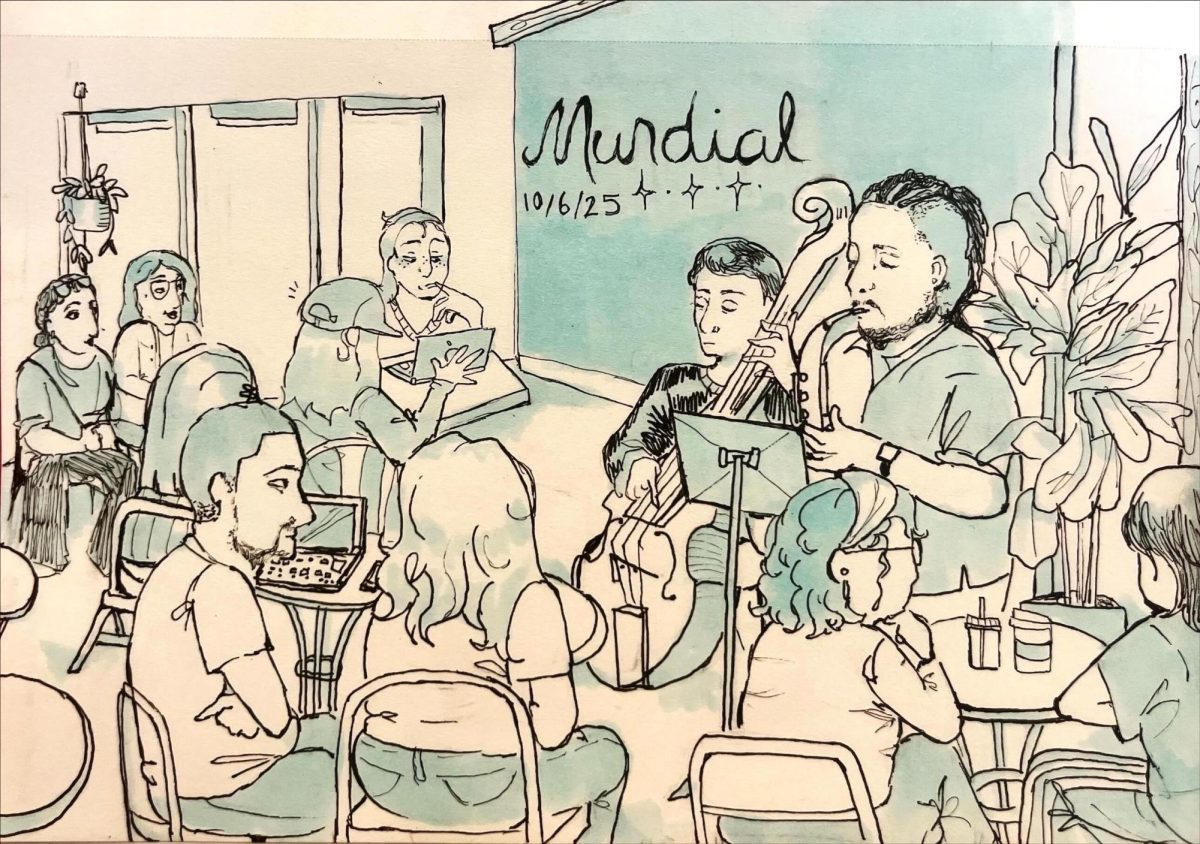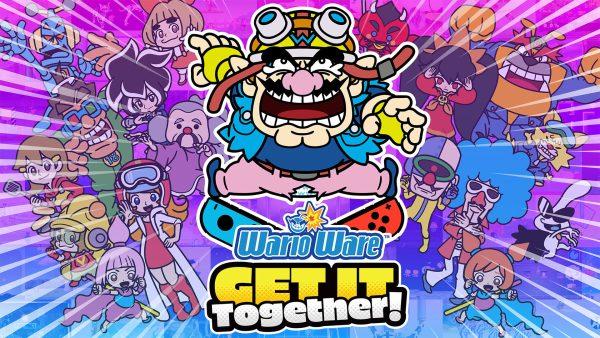
By Tim Nacey
Over a 60-second period in “WarioWare: Get It Together,” you may find yourself chasing a toilet through a series of caves, flying through a shoebox in an attempt to avoid being grabbed by Wario or tweezing the armpit hair from a sentient Greek statue.
The setup for a “WarioWare” game is simple: Mario’s rival has started a game development studio but doesn’t have the follow-through to make an entire cohesive game.
Instead, he opts to bring his colorful group of friends together to create bite-sized interactive experiences that last about 10 seconds apiece. You play these “microgames” in a string, gaining a point as each one ends — regardless of whether or not you accomplished the mission — and losing one of your four lives with each failure.
Your goal is simply to use your twitch reflexes and quick problem-solving skills to survive as many of these as you can in the pursuit of a high score.
While the core idea remains largely the same in the Switch iteration, “Get It Together” changes up the formula in a really big way. In previous series entries, each one of Wario’s friends would host a series of microgames where you would interact directly through the specific Nintendo console’s unique gimmick, such as the Wii’s remote or the DS’s touchscreen.
This time, however, you take direct control of a rotating cast of characters who each have a specific skill, weakness and movement pattern.
For example, 18-Volt can’t move on his own but has a disk he can throw in any direction or Pyoro the Penguin who hits things with his tongue but can only aim it diagonally.
Previous “WarioWare” games made it easier to teach yourself to master the games through muscle memory but this game forces you to change characters and styles every time you change games. This adds an element of both chaos and strategy that adds exponentially to its replayability.
You never know exactly what you’re getting in any one run. Games that are easy as one character can be next to impossible as others and that keeps you constantly on your toes.
Parts of this game, such as the co-op multiplayer or the story campaign, feel half-baked and tacked on, but that’s easy to forgive when the stars of the show (the microgames) shine so brightly with their surreal and often grotesque and disgusting senses of humor.
At the end of the day, however, playing this game made me feel like I was in elementary school again playing “Touched” on my DSi. That nostalgia trip, mixed with the game’s reduced price tag makes this a time-killer that I’d recommend to anyone.

